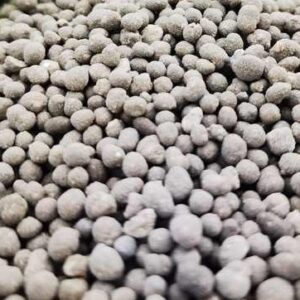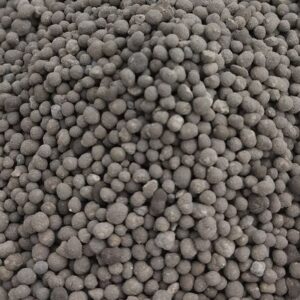Description
Urea
Urea is a nitrogen fertilizer with high contents of an active substance – 46%. The chemical formula of urea is close in composition to the organic formulation of the urea, which also provides a number of advantages in the mass use for feeding crops.
The interaction of the fertilizer with the soil environment passes in a very different manner as compared to the ammonium nitrate. At the emission of an active substance from the urea, to get to the form most accessible for the plants, the nitrogen passes through the three most significant processes related to its capture and fixation. Some of the processes are purely chemical, others are biological or physical.
After urea gets into the soil, it is subject to dissolution from soil moisture, after that a part of it passes through the process of nitrification and nitrate anion (NO3–) is obtained, which is food accessible for the plants. Another part of the products gets in the microorganisms and feeds their metabolic processes, a process of ammonification passes after these microorganisms die out, followed again by a process of nitrification at which the nutritional form of the nitrogen is obtained.
This determines a more uniform course of the processes in which urea gradually delivers its active substance in the soil to the plants.
Composition: |
|
| Items | Standard |
| Appearance | White Prilled/Granular |
| N | 46%min |
| P2O5 | 0 |
| K2O | 0 |
| S | 0 |
| CaO | 0 |
| MgO | 0 |
| Size | 1–4 mm |
| water solubility,% | 100 |
| citrate solubility,% | 0 |
Application: |
|
| Period | Autumn, Spring, Summer |
| Method | #1.Main The main way to fertilize. Uniform distribution of fertilizer elements on the soil surface, maintaining roughly the same distance between solid fertilizer granules or liquid fertilizer drops. #2.During sowing Fertilizing simultaneously with crop seeding. The main purpose is to provide effective plant nutrition at the initial stages of development and growth. #3. Leaf and root topdressing – Non-root topdressing Аpplication of nutrients on the leaves of plants in dissolved form. – Root topdressing Application of nutrients under the root in dissolved form. |
| Crops | All crops, except for legumes |
| Soils | Acid soils |









